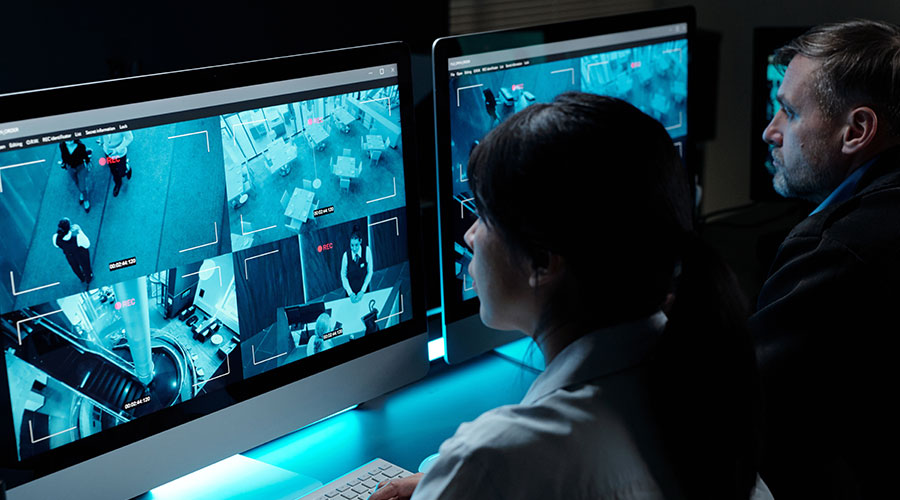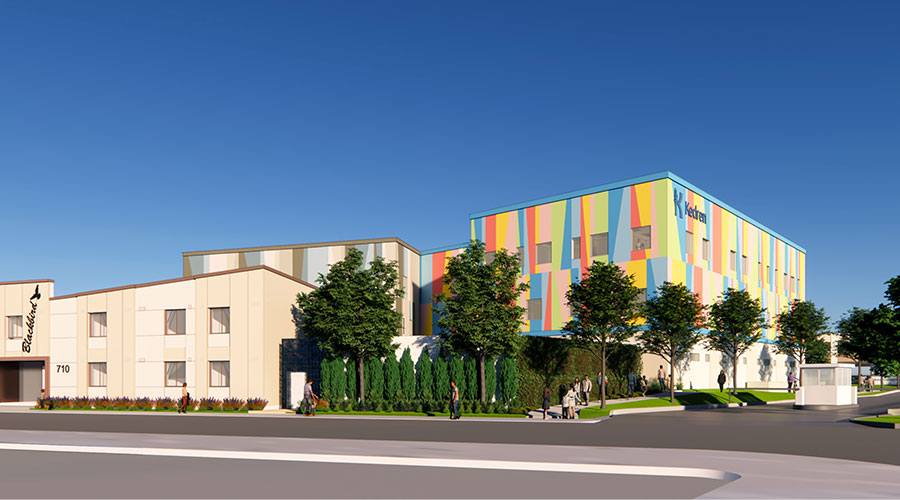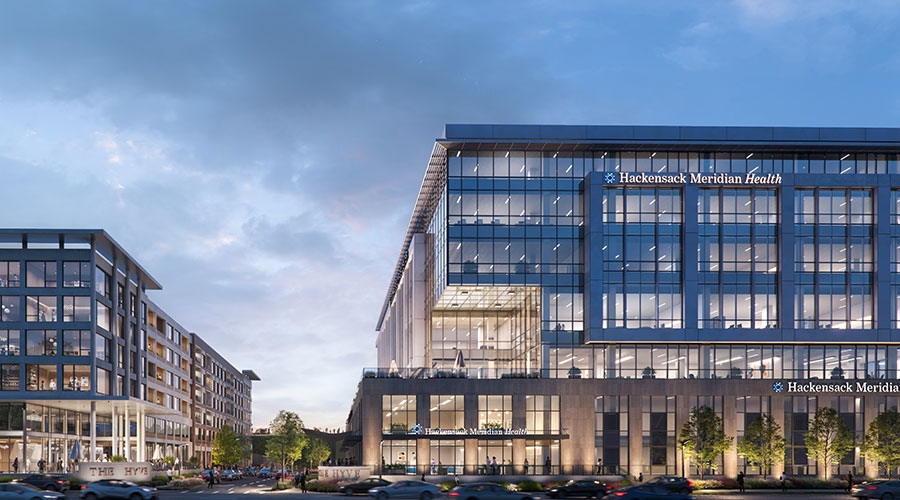Anyone who has ever stayed overnight in a hospital knows how difficult it is to get a good night’s sleep. With nurses checking vital signs and the sounds of beeping monitors, a patient’s sleep often gets interrupted. While some of these disruptions can’t be helped, there is another issue that is contributing to poor sleep that can be addressed: unhealthy lighting.
Light is critical to our health because it helps synchronize the biological clock that maintains our circadian rhythms. These rhythms regulate the timing of our daily sleep/wake cycle, body functions, brain wave activity and the production of hormones such as melatonin. Daylight stimulates alertness, while darkness prompts our bodies to release melatonin, helping prepare us for sleep.
This cycle is often interrupted in hospitals, and other healthcare facilities that operate 24/7. These facilities often keep fluorescent or LED lights on around the clock, which disrupt the natural daytime/nighttime signals we get from natural light. While these lights are popular because they are energy efficient (using 75 percent less energy than incandescent bulbs, and lasting 25-50 times longer), eco-friendly and very cost-effective, they emit a lot of blue light, which exacerbates the disruption of circadian rhythms – as well as the potential health problems that come along with it – more than other types of visible light.
Blue light and its impact on melatonin
While blue light can be found in sunlight as well as artificial light, it is problem at night, changing the timing of our circadian rhythms and suppressing melatonin production. If people don’t get enough melatonin, they will feel awake and have difficulty getting to sleep, which is a time when the body typically repairs cells and DNA damage, controls cell growth, regulates genes and boosts the immune system, among other functions. Melatonin, itself, also plays a role in safeguarding against DNA damage and tumors. Low levels of melatonin can also reduce REM sleep, a critical sleep phase that may help us better handle stress and process memories, among other health benefits.
Studies from Harvard University and other sources have shown that reduced melatonin levels and fewer hours of sleep may increase blood pressure, and increase the risk of diabetes, cancer obesity and other health conditions. In addition to these cardiometabolic problems, there is a link between reduced sleep and poor mental health outcomes, including depression.
Several studies specifically addressed the role of lighting in healthcare facilities and its impact on patients:
-
A study published in Eviron Health Insights from the National Institute of Health found that patients with beds near a window left the hospital sooner than those by the door. Hospitals and other healthcare facilities could be designed to capture the sunlight and darkness from outdoors to follow the natural daily cycle.
-
Another study found that when patients were continually exposed to low levels of light in the hospital they were more tired and experienced more pain. According to Science Daily, the study suggests that if facilities use lighting that mimics our natural daytime/nighttime cycle, patients may experience less discomfort and feel more rested.
-
Patients in the Intensive Care Unit (ICU) were less disoriented and had better results during their hospital stay – and even a year after their hospitalization – when the facilities adapted lighting to imitate the natural daytime/nighttime cycle – according to studies reported by Chronobiology.
Hospitals could implement dynamic lighting, following the natural daytime/nighttime cycle, to achieve better health outcomes. For example, they could use blue light during the day when patients need to be alert and awake and yellow light at night to promote sleepiness.
Innovative light solutions can mitigate health issues
While the benefits of healthy lighting are growing, facility managers are faced with the financial realities of running a facility. They need to find a way to juggle their focus on value-based healthcare and improving patient outcomes, with the realities of regulatory pressures to reduce hospital stays and rising healthcare costs and tight budgets. For example, if these facilities move away from energy-efficient and economical fluorescent and LED lighting to create more natural nighttime lighting, the energy costs and carbon footprint of their facilities will increase.
There is demand for healthier lighting products, and facility managers may not need to face an either/or situation – choosing between patient outcomes vs. cost and environmental concerns. There are manufacturing solutions available today to meet this demand, such as an innovative solution that efficiently converts blue light to a spectrum and color temperature offering the environmental and cost benefits of blue light without the downsides. It involves combining a patented energy conversion film that contains organic dyes with a high-efficiency blue LED source that is converted into a healthy light which minimizes melatonin suppression at night and circadian rhythm disruption, leading to a more restful night’s sleep.
These lights meet both the mood-based psychological and biological needs of the human body – and at the same time, maintain the energy efficiency of LED lighting. In essence, it provides healthier LED lights without degrading energy efficiency, which is a typical drawback of other approaches that filter out blue light. For hospitals, this could mean better patient outcomes, and shorter hospital stays which is better for the hospital as well as the patient.
As healthcare facility managers work to ensure that buildings meet the needs of patients, staff and the public, the concerns of using traditional fluorescent and LED lights 24/7 can’t be ignored, along with the problems that it causes with circadian rhythm disruption, melatonin suppression and its potential impact on patient health. New lighting technologies available today are enabling facility managers to have the best of both worlds – to potentially improve health benefits while retaining energy efficiencies — a win-win situation.
Scott Oppenheim is VP of Product Management at Bambu Global.

 AI-Driven Facilities: Strategic Planning and Cost Management
AI-Driven Facilities: Strategic Planning and Cost Management  Double Homicide Suspect Hides from Police in Upstate Community Hospital
Double Homicide Suspect Hides from Police in Upstate Community Hospital McCarthy and HOK Break Ground on Kedren Children's Village
McCarthy and HOK Break Ground on Kedren Children's Village Thousands of Healthcare Workers Laid Off
Thousands of Healthcare Workers Laid Off Construction Tops Off at Hackensack Meridian Health and Wellness Center
Construction Tops Off at Hackensack Meridian Health and Wellness Center